reviewed by Christina Lopez
In India, the population rate is very high, so as the pollution rate. Since having such a populated and polluted environment would target the health of the people living in India, to overcome this issue and have a peaceful yet healthy environment, it is necessarily becoming essential to plant trees.
Contents
Trees not only provide you with the benefit of having a healthy life but also play an important role by being useful for kids as a play area and for adults as a place to rest in the shade and speak their hearts out.
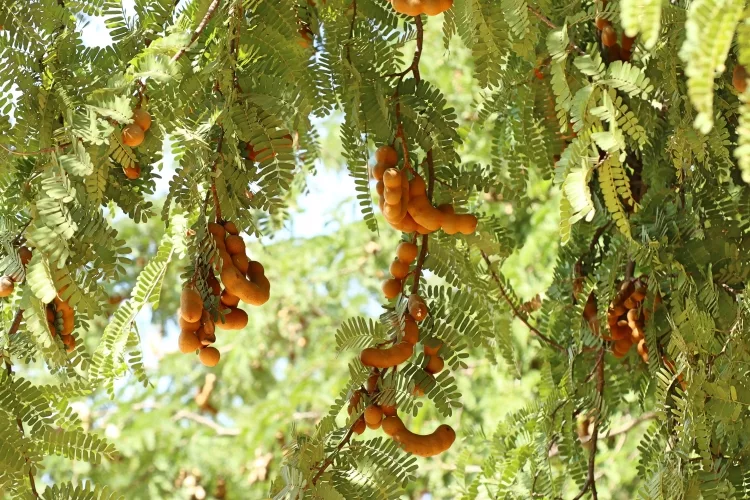
It is another best option of the tree to plant near the house; its scientific name is "Tamarindus Indica." It is the most usable tree as it bears edible fruits and can be used in Indian cuisine.
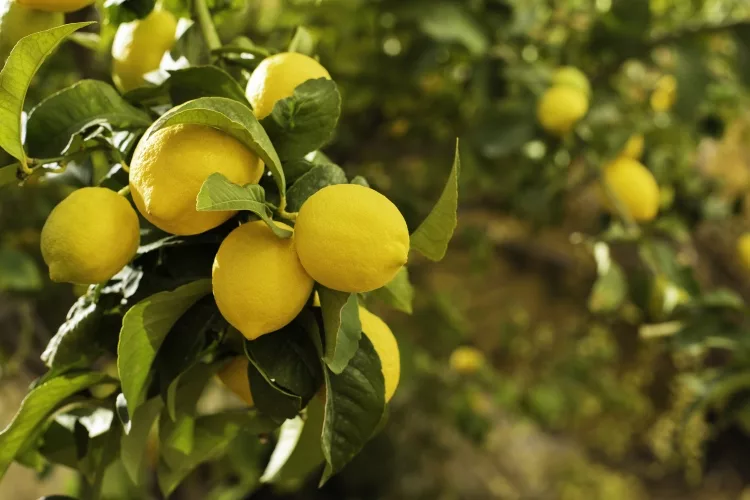
Scientifically known as "citrus Limon," this tree has a refreshing aroma with multiple benefits. Lemon is the only fruit that can be used in any Asian cuisine to enhance the taste, and the attractive colour of the lemon gives the refreshing vibes to the house.
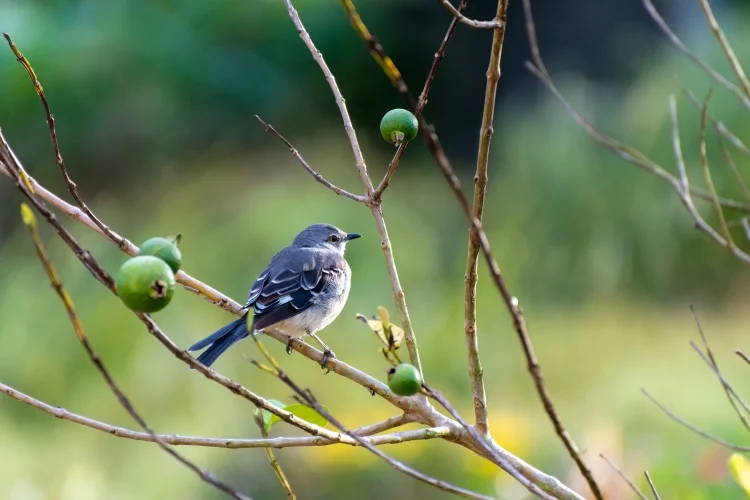
The guava tree is famously known; it has a scientific name of "Psidium guajava." To plant a guava tree near the house is primarily a good option as it occupies less space, and Its fruit is rich in nutrients.
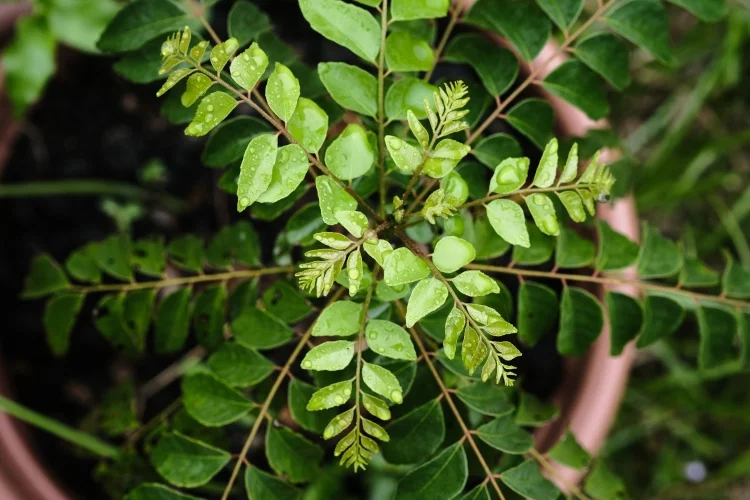
This tree has the scientific name of "Murayya Koenigii." This tree has appealing white flowers with leaves having a pleasant aroma. It can be used for multiple purposes in Indian households, like treating morning sickness and nausea.
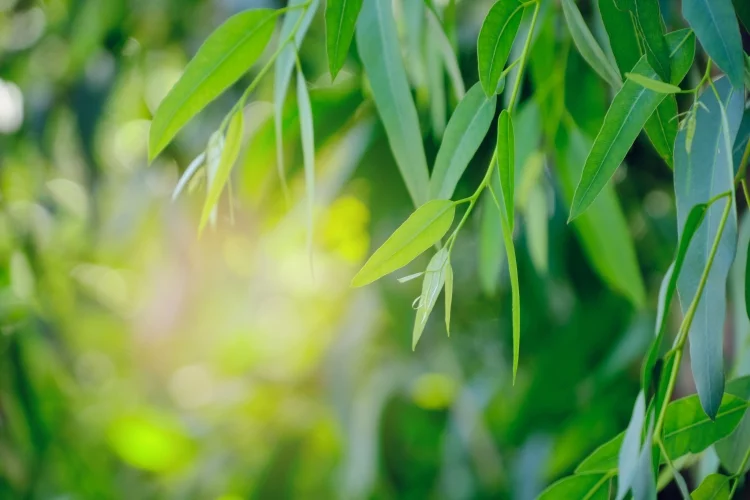
It is scientifically known as "Eucalyptus globulus." This tree is famously known for its medicinal benefits. Moreover, this tree is vital as it is easy to plant and used as an insect repellent.
Aegle marmelos is the tree that is natively grown in India, and it holds an important place in Hinduism. Planting this tree around the house is the best option as it purifies the air and provides protein in a plentiful amount.
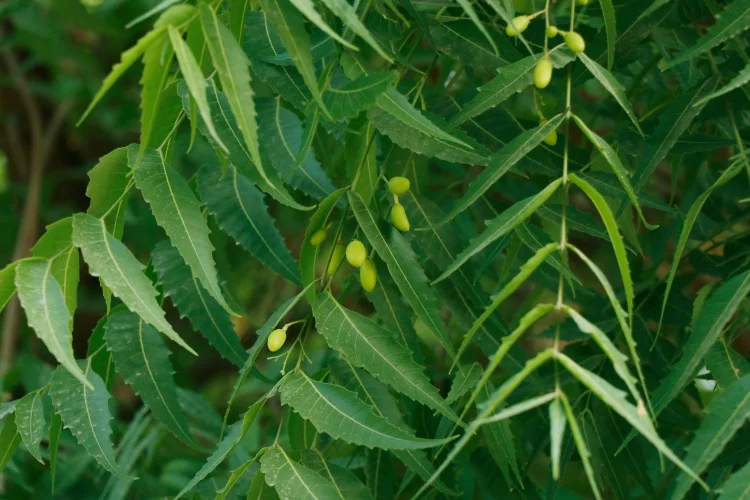
Scientifically called "Azadirachta Indica." Neem tree is the top choice of every Indian household when it comes to planting a tree because of its multiple benefits, providing shade, fresh air, and medicinal aid. A right amount of moisture helps to grow it efficiently, but an excessive amount of watering can destroy it.

It is the oldest tree to be grown in India. It is significantly known for proving shades in hot summer and wish-fulfilling.
The Lal-Chandan tree is also a great choice to plant around the house. It has the advantage of being the fastest tree to grow with the maximum height of 8m tall; it even can be planted on the degraded soil, which is a crucial point for the houses having such land. The only disadvantage is that it is moderately tall.
It is named "Molinga Olifera". Growing this tree near the house proves to be very beneficial as it provides shade to the house and cherishes the Indian homes with its delicious fruit that can be used in Indian cuisines, especially in south Indian houses.
It is the profitable tree to grow nearby the Indian houses as it has an attractive appearance that provides aesthetic looks to the homes. The only disadvantage is, in winters, the leaves of this tree are deciduous.
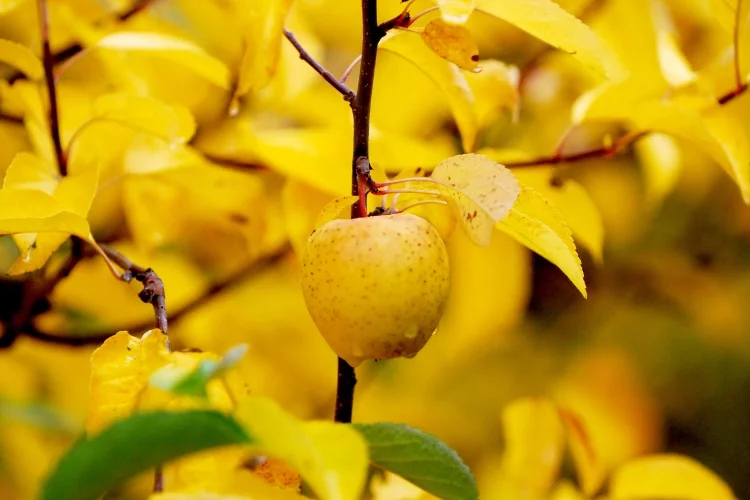
It is also known as Amalatas; it is the tree with the showering golden flowers. It adds ornamental beauty to the nearby houses. Golden rain tree is the tree of spring in India that can be used in ayurvedic medicines.

As the name describes its importance, planting this tree wouldn't only provide the privilege to eat its fruits but also becomes the source of shade.
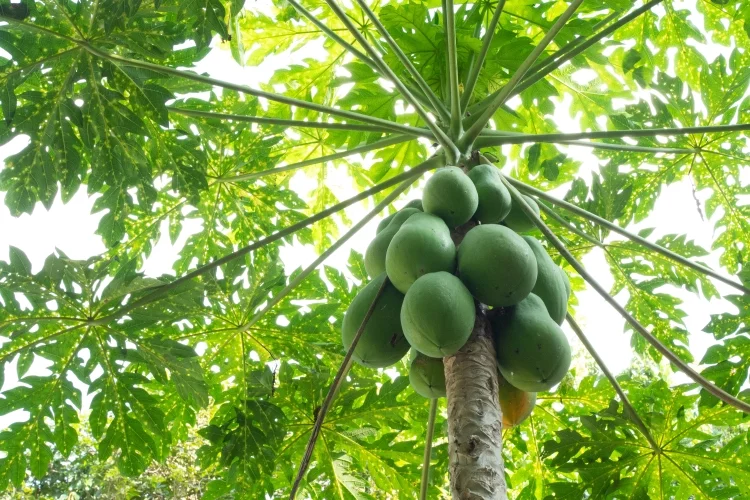
Papaya is the most common fruit used in Indian housing; planting it nearby the house is the best option as this fruit is the rich source of nutrients.
This tree has the leaves that contain nutrients beneficial in the medical purposes; it is an excellent option to plant, however, in Hinduism, it is a myth that cutting this tree would bring in negativity in the lives of people. Hence, as a precautionary measure, they avoid cutting the peepal tree.
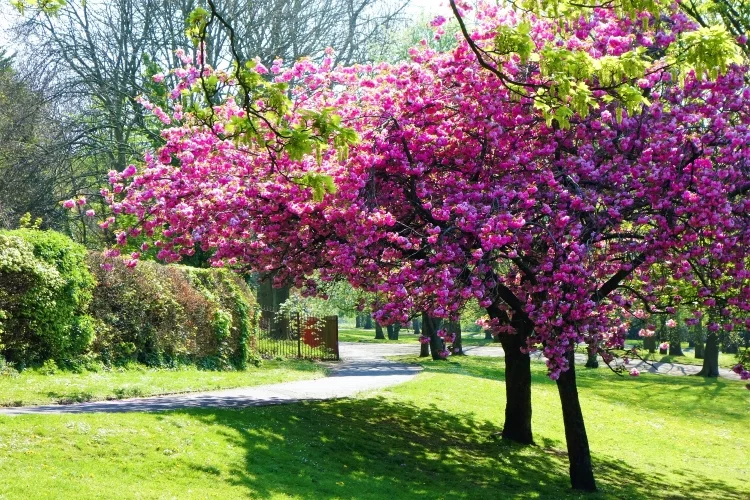
The cherry tree is one of the fastest-growing trees in India; having this advantage makes it useful to grow near the houses as it provides the sweetest fruit that can be enjoyed by every Indian. Precautionary step to be taken is to give this tree a full sun exposure so that it can grow fast.
Planting this tree near the houses in India is also the best option. It is used for medical purposes, particularly for increasing bone density. It is important to use fertilizer to avoid weed growth.
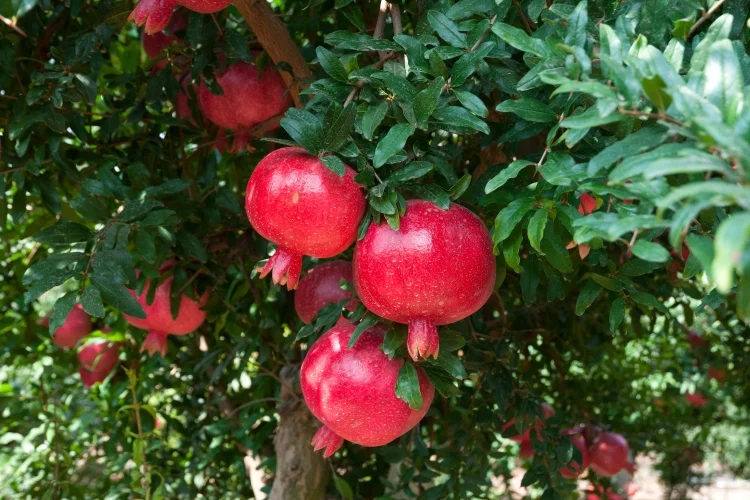
Pomegranate is the fruit widely admired in the subcontinent. It is another best option to plant nearby Indian houses to get cherished with the nutrient-rich fruit. This tree should be watered every seven to 10 days.
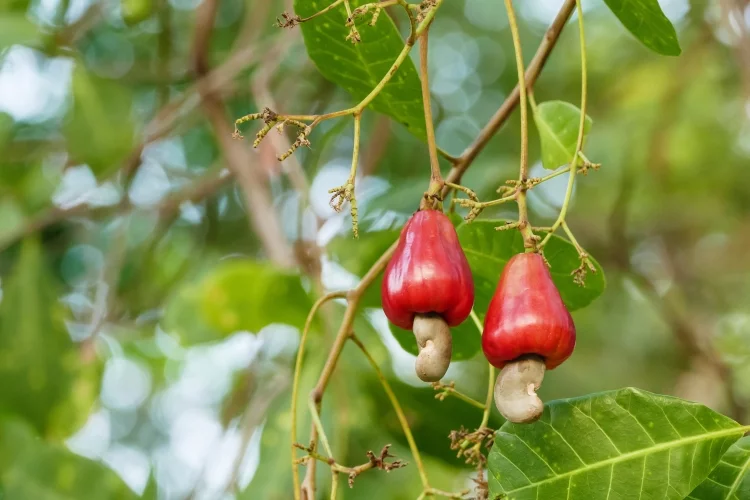
It is the evergreen tree, and it bears the essential fruit named cashew nut. Cashew tree should be treated with 1800 L of water every two weeks.
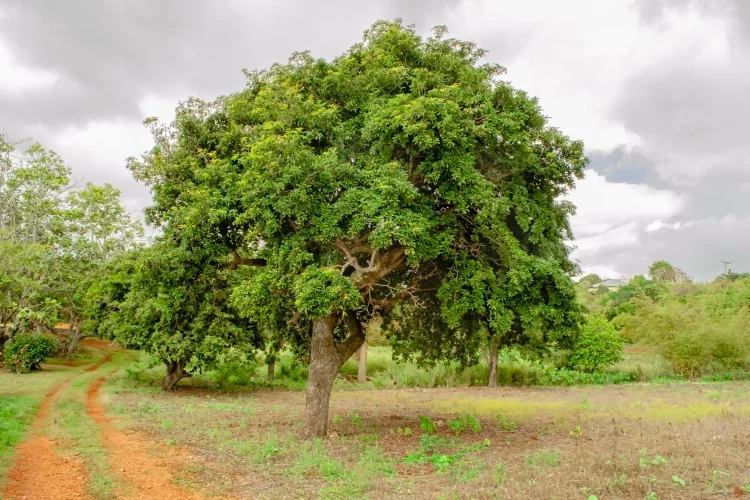
It is widely known as "Manilkara zapota," it has the most sweetened taste. The tree should be planted in a warm and sunny environment with good drainage.
The Indian environment needs to plant trees to have beneficial results in terms of health, food, and beauty. Above mentioned, 20 trees are the best one to plant near the houses in India as they serve multiple purposes to people of India that proves to be the most useful in every term, peace, purity of air, shade, deliciousness, and above all, is the health.
20 Profitable Trees for Farming in India
Trees Suitable for controlling dust pollution in India
20 Fastest Growing Trees for your Garden in India
10 Tropical Fruit Trees Easy to Grow
 |
 |
 |
 |

About Christina Lopez
Christina Lopez grew up in the scenic city of Mountain View, California. For eighteen ascetic years, she refrained from eating meat until she discovered the exquisite delicacy of chicken thighs. Christina is a city finalist competitive pingpong player, an ocean diver, and an ex-pat in England and Japan. Currently, she is a computer science doctoral student. Christina writes late at night; most of her daytime is spent enchanting her magical herb garden.
 |
 |
 |
 |
Get new FREE Gifts. Or latest free growing e-books from our latest works.
Disable Ad block to reveal all the links. Once done, hit a button below
 |
 |
 |
 |